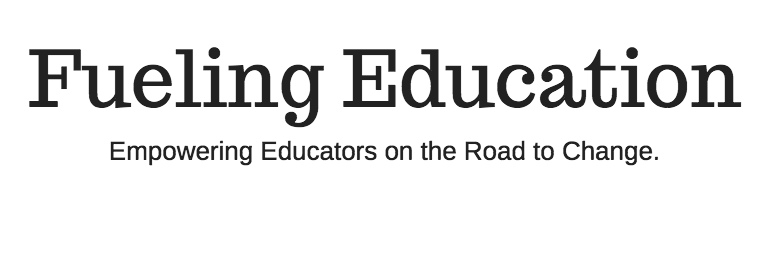Over the past few days I have had the chance to
relax, soak in the river of twitter, read the news and even catch a few pages
of a couple different books. I have been doing all this
while playing with some rambunctious kids, the youngest being four, and
trying to maintain a healthy life style (I enjoy running) while taking in some
of the most delicious food ever.
I pledged to myself, and therefore to my family,
that I would embrace the break. Now that I am into the second week I can see that I have
done just that! Visiting family from NY to the Midwest and now getting
ready to head back home I can reflectively say, mission (is being)
accomplished.
In addition, in the last 24 hours I even managed
to commit myself to a complete group of strangers in a #500in2014 challenge.
I think, and therefore I hope, I have decided to run 500 miles in 2014.
What a creative way to stay connected with people over the year and share
the passion of running and also create a PLN of educators from
across the globe. I am excited to see where this endeavour takes me!
As I reflect back over the the past few days and
weeks and recall the readings I have done, the concept of leading versus managing has
consumed me. As I gear up for the return to the new semester and work
with colleagues from within my building and across the district, I will
challenge myself to be reflective of my own style and that of others.
Below is an excerpt that I came across that I can use as a guiding tool:
Three tests that will help you decide if you’ve made the shift from managing people to leading them:
Counting value vs Creating value. You’re probably counting value, not adding it, if you’re managing people. Only managers count value; some even reduce value by disabling those who add value. If a diamond cutter is asked to report every 15 minutes how many stones he has cut, by distracting him, his boss is subtracting value.By contrast, leaders focuses on creating value, saying: “I’d like you to handle A while I deal with B.” He or she generates value over and above that which the team creates, and is as much a value-creator as his or her followers are. Leading by example and leading by enabling people are the hallmarks of action-based leadership.
Circles of influence vs Circles of power. Just as managers have subordinates and leaders have followers, managers create circles of power while leaders create circles of influence.The quickest way to figure out which of the two you’re doing is to count the number of people outside your reporting hierarchy who come to you for advice. The more that do, the more likely it is that you are perceived to be a leader.
Leading people vs Managing work. Management consists of controlling a group or a set of entities to accomplish a goal. Leadership refers to an individual’s ability to influence, motivate, and enable others to contribute toward organizational success. Influence and inspiration separate leaders from managers, not power and control. (from Vineet Nayar, "Three Differences Between Managers and Leaders")
As you read your way through your second week of
break, find a measurement for what you will determine your style of leadership,
or management, and then determine your course of action for a phenomenal second
half of the the 2013/2014 school year!
Off to work on the 500!

